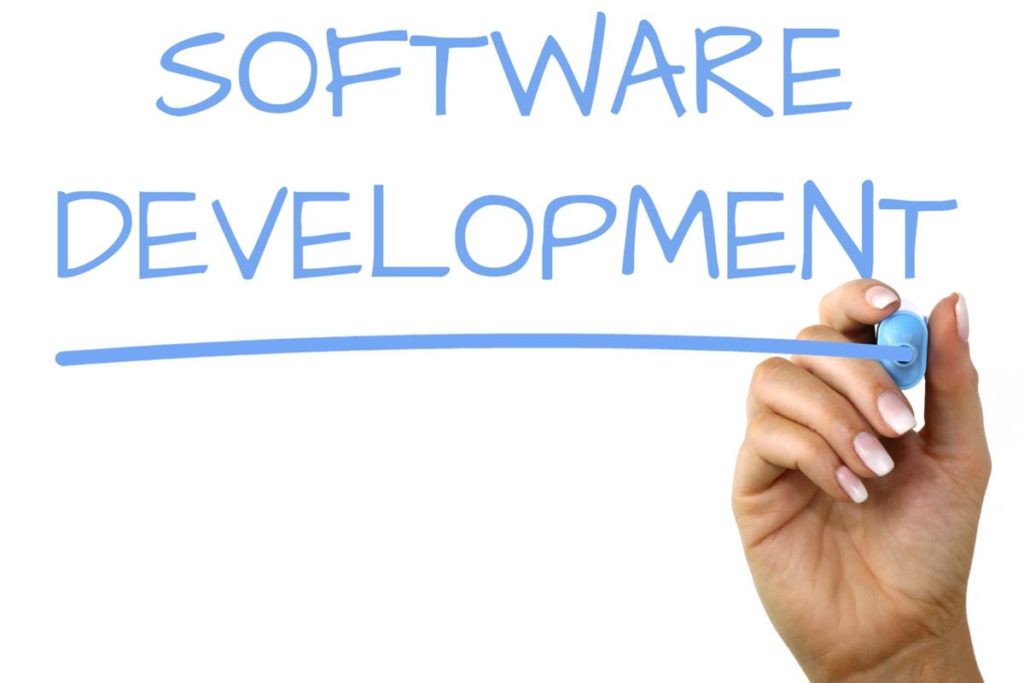
Agile software development works – you know this. Your team is benefitting from the focus on communication, collaboration, customer-driven development, and ease of adaptability to change.
You’ve learned how to take advantage of the best of the Agile Manifesto and principles and make these work for your software teams. In fact, never before have your remote teams been able to be so productive, happy, and focused. Yes, that’s right – remote teams.
The premise of agile software development may have originated with a focus on traditional team structure that has everyone sitting in one office working together – but it has now morphed into being used by all types of teams and company structures.
Fully remote companies with everyone working somewhere around the world. Companies that have a mix of local and remote software teams. Fully local teams that have team members who travel frequently. While these three company structures may be unique – they all have one thing in common – agile software development.
Agile software process is the glue that keeps people together – communicating, collaborating, trusting, learning, and growing from one another – wherever people are sitting and working. Read on to learn how agile software development and remote teams can fit together.
The Right Tools to Enable Scrum Fundamentals
With the right collaborative agile software communication tools, your remote team can still practice the fundamentals of Scrum that lead to team success. Too often, teams believe that because they are distributed they can ignore the agile and Scrum fundamentals that put them on their success path. Above all else, communication and collaboration must be a constant for your remote teams.
Learn how to adapt these Scrum fundamentals for your remote (and local) teams:
- Daily standups. These are key to keeping your teams on-track and connected. Focus on blockers and issues that need to be solved.
- Backlog grooming. Keep your teams invested in what is coming up next and to open the lines of communication about feature and product development.
- Retrospectives. What worked, what didn’t work, what needs to change.
- End-of-sprint demonstrations. This is an ideal way for both remote and local teams to highlight to the company what they accomplished during the sprint.
These regular meetings ensure your remote teams are synced, connected, and have the opportunities to ask questions. Of course, do encourage your teams to communicate and collaborate as much as they need – there are no rules on when people connect – it just needs to happen.
Continuous Integration for Product Success
Admittedly there are barriers to having remote agile software development teams, with time zones being a major hurdle. One of the best ways to enable team member productivity and cohesion is with ensuring the code is always in a working state.
Continuous integration is key to any type of company structure (remote, mixed remote/local, and fully local) and is one of the best ways to keep teams productive and moving forward. Teams invested in continuous integration are more committed to not breaking the build, to checking in code that has been reviewed and tested, and understand the importance in fixing any errors or broken builds. This all leads to better communication, new ways of solving problems, and enhanced collaboration.
Agile Software Development is Social
It’s important that each member of your agile software development team is accountable for their actions – this is the only way to build trust and confidence across your teams. One of the best ways to enable this is to create a social community that makes it easy for your team members to share knowledge and communicate freely.
Take advantage of tools that enable social and real-time communication such as Slack, Skype, Webex, Jira, etc. Give your remote teams the agile software development communication tools that remove barriers to free and open communication.
Better Deeper User Stories
With a co-located development team, you can get away with simple and basic user stories, but as you know this simplicity can lead to problems and confusion. Take the step to build and define deeper user stories that can stand-alone, enabling your remote teams to take control and responsibility for development decisions.
Consider including user acceptance plans, brief outlines for customer documentation, feedback from customers, wire frames and other images, user experience details, and any other relevant information in the user story. This gives your teams better context and understanding of why they’re doing what they’re doing.
While this is contrary to the “just enough” approach to agile documentation practices, it’s also important to remember that adaptability is key to agile success – adapt your user stories so they work in your remote environment. Remember there is no right or wrong, put the priority on finding what makes it easiest for your teams to succeed.
Commit to Being Remote
Just as you committed to agile software development, you need to make the same commitment to being remote. This commitment enables you to make changes so you can optimize for differences. For example, just because one tool worked with your co-located team, understand that it may not work with your new remote team.
Recognize that remote teams are different and that this means you need to take a different approach to development and management. Learn what your remote teams need, how they function, and the best ways to support effective collaboration. Focus on the strengths of having a distributed team and use these to your advantage during the development process.
Just like you can’t do be half-agile and half-waterfall – you can’t be half-remote. If you’ve got distributed team members, you need to think remote first. Remember to talk to your remote team members and ask them what is and isn’t working for them.